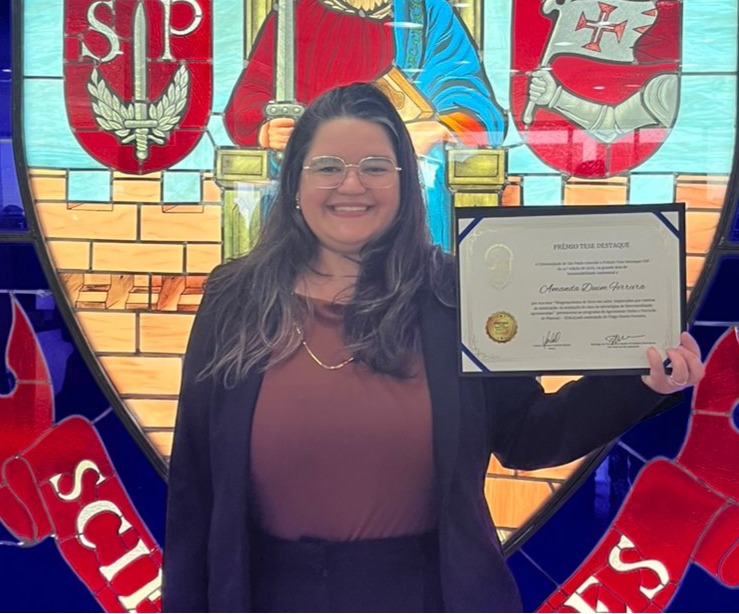Machine Learning: What It Is, How It Works, and Examples in Ag & Environmental Sciences
- Amanda Duim Ferreira

- 1 hour ago
- 4 min read
Machine learning is transforming how we explore complex natural and human-altered ecosystems. From predicting crop yields to mapping soil properties and interpreting ecological or geochemical patterns, ML offers powerful tools to uncover insights that traditional analyses often miss. In this post, we break down what machine learning is, how it learns from data, where to begin if you’re new to the field, and real examples of how it’s being applied in Crop, Soil, and Environmental Sciences.
Got big data? We can support your journey by offering advanced data analysis services that bring practical machine learning tools directly into your research. Check out our Services page to learn more.
What is machine learning?
Machine learning (ML) is a branch of artificial intelligence that enables computers to learn from data and make predictions or decisions without being explicitly programmed. In recent years, ML has become a transformative tool in crop, soil, and environmental sciences, offering new ways to analyze complex datasets, improve predictions, and optimize resource management. ML applications in these fields include crop yield prediction, soil property mapping, nutrient management, disease detection, and environmental monitoring, among others. The integration of ML with big data, remote sensing, and Internet of Things (IoT) technologies has further accelerated its adoption, enabling precision agriculture and sustainable land management practices. Despite its promise, challenges remain, such as data scarcity and model interpretability.
It lies at the intersection of computer science and statistics, encompassing supervised, unsupervised, semi-supervised, and reinforcement learning paradigms. In supervised learning, models are trained on labeled data to predict outcomes; in unsupervised learning, models find patterns in unlabeled data; reinforcement learning involves learning optimal actions through trial and error.
How does a machine learn?
Think about the machine learning process as a labeling machine. The algorithm can learn basically in three different ways: supervised, unsupervised, and semi-supervised. Let’s break it down.
In supervised learning, the algorithm will receive labeled cards, as below:

Based on the information it gets from the labeled data, the algorithm will then classify unlabeled data:

In unsupervised learning, it draws its own conclusions without any labeled guidance. It will find patterns and relationships in data, often by clustering or association:

In semi-supervised learning, a combination of a small set of labeled data with a larger pool of unlabeled data is used. The algorithm uses clustering to find patterns like unsupervised learning, but also relies on labeled data to guide the model.
For example, an unsupervised model might cluster animals by size, sound, or whether they’re usually pets, grouping cats, dogs, and cows. With semi-supervised learning, a few labeled examples help the model confirm which clusters matter and refine the groups more accurately.
Most Common ML models in Agricultural and Environmental Sciences
Machine learning models are widely used in agriculture and environmental sciences for tasks like crop yield prediction, soil mapping, disease detection, and environmental monitoring. The choice of model depends on the problem type (classification, regression, clustering, etc.) and the availability of labeled data. Random Forest (RF), Support Vector Machine (SVM), and deep learning (DL) models are the most common supervised approaches, while K-Means and Principal Component Analysis (PCA) dominate in unsupervised tasks. Semi-supervised methods like self-training and co-training are increasingly used to address limited labeled data.
Table. Summary of the most common ML models by learning type and application:

As machine learning becomes more accessible, researchers have an unprecedented opportunity to uncover patterns and accelerate discoveries. By understanding how different ML approaches work, and where they shine, you’ll be better equipped to integrate them into your scientific workflow and push your research further. Count on us for that!
Further reading
Badshah, A., Alkazemi, B., Din, F., Zamli, K., & Haris, M. (2024). Crop Classification and Yield Prediction Using Robust Machine Learning Models for Agricultural Sustainability. IEEE Access, 12, 162799-162813. https://doi.org/10.1109/access.2024.3486653.
Dey, B., Ferdous, J., & Ahmed, R. (2024). Machine learning based recommendation of agricultural and horticultural crop farming in India under the regime of NPK, soil pH and three climatic variables. Heliyon, 10. https://doi.org/10.1016/j.heliyon.2024.e25112.
Eskandari, R., Mahdianpari, M., Mohammadimanesh, F., Salehi, B., Brisco, B., & Homayouni, S. (2020). Meta-analysis of Unmanned Aerial Vehicle (UAV) Imagery for Agro-environmental Monitoring Using Machine Learning and Statistical Models. Remote. Sens., 12, 3511. https://doi.org/10.3390/rs12213511.
Hamrani, A., Akbarzadeh, A., & Madramootoo, C. (2020). Machine learning for predicting greenhouse gas emissions from agricultural soils.. The Science of the total environment, 741, 140338 . https://doi.org/10.1016/j.scitotenv.2020.140338.
Huang, Y., Liu, J., & Lv, C. (2023). Chains-BERT: A High-Performance Semi-Supervised and Contrastive Learning-Based Automatic Question-and-Answering Model for Agricultural Scenarios. Applied Sciences. https://doi.org/10.3390/app13052924.
Sharma, A., Jain, A., Gupta, P., & Chowdary, V. (2021). Machine Learning Applications for Precision Agriculture: A Comprehensive Review. IEEE Access, 9, 4843-4873. https://doi.org/10.1109/access.2020.3048415.
Wang, J., Wang, Y., Li, G., & Qi, Z. (2024). Integration of Remote Sensing and Machine Learning for Precision Agriculture: A Comprehensive Perspective on Applications. Agronomy. https://doi.org/10.3390/agronomy14091975.
Zhang, L., Yang, L., , T., Shen, F., Cai, Y., & Zhou, C. (2021). A self-training semi-supervised machine learning method for predictive mapping of soil classes with limited sample data. Geoderma. https://doi.org/10.1016/j.geoderma.2020.114809.
Zualkernan, I., Abuhani, D., Hussain, M., Khan, J., & Elmohandes, M. (2023). Machine Learning for Precision Agriculture Using Imagery from Unmanned Aerial Vehicles (UAVs): A Survey. Drones. https://doi.org/10.3390/drones7060382.



Comments